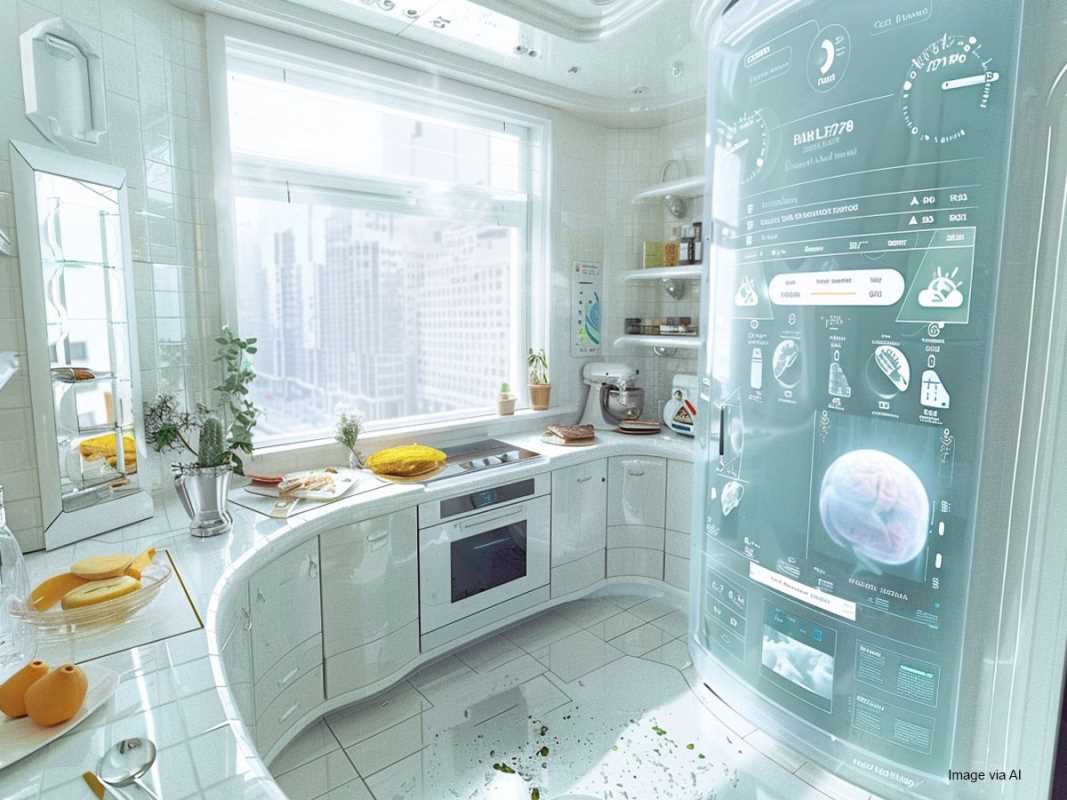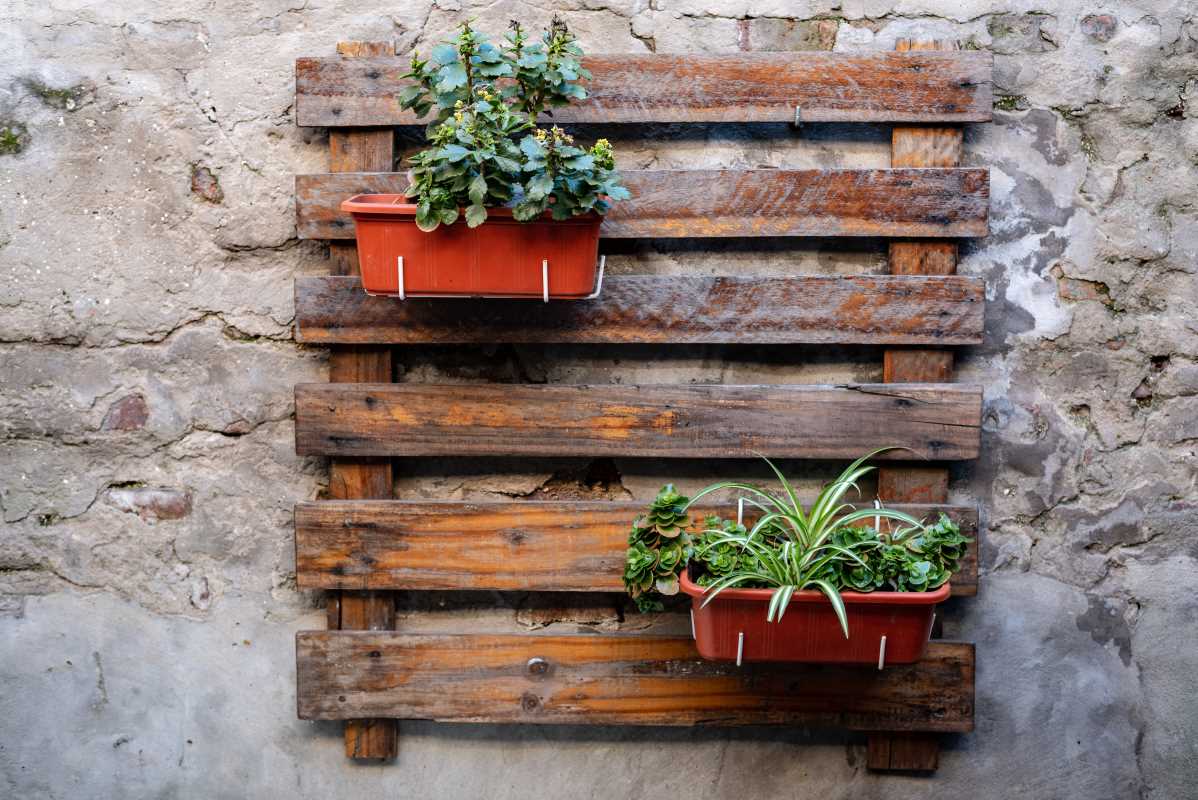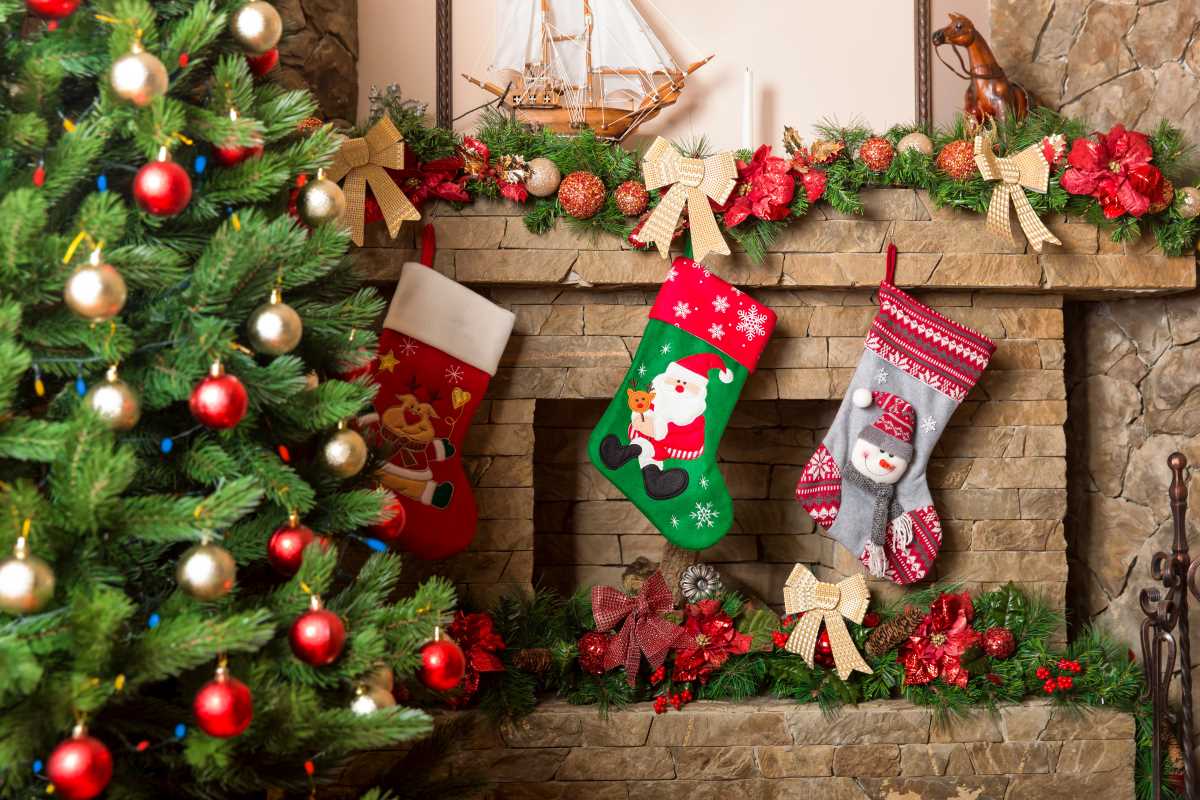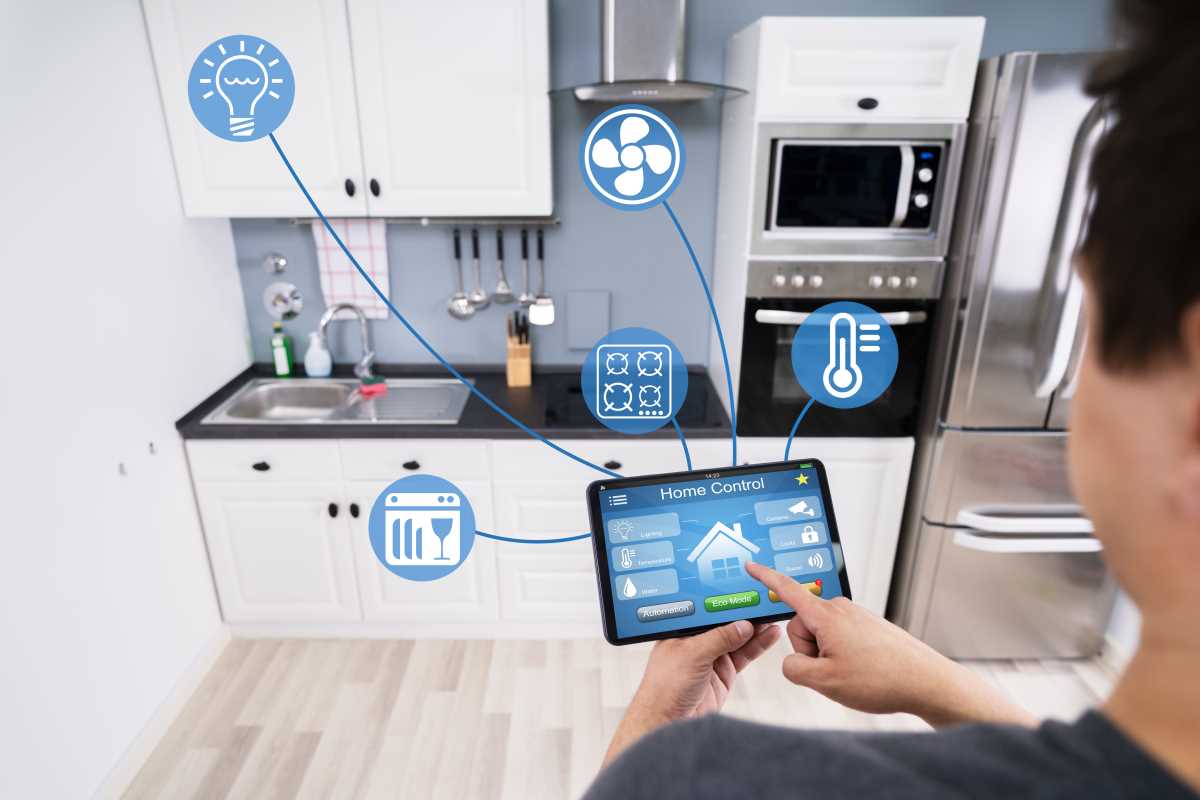Kitchens are one of the most used spaces in a home, making the choice of flooring crucial. Different flooring options offer various benefits and drawbacks, each suited for different needs.
Choosing the right kitchen flooring is essential to ensure durability, safety, and aesthetics in one of the most highly trafficked areas of the house. Let’s explore the pros and cons of various kitchen flooring choices to help you make an informed decision based on your lifestyle and preferences.
Ceramic Tile Flooring
Ceramic tile flooring is a popular choice for kitchens, thanks to its durability and water resistance. It is available in an extensive array of colors, sizes, and designs, allowing homeowners to customize the look of their kitchen to match their vision. Whether you want a sleek, modern aesthetic or a rustic, country vibe, ceramic tile offers endless possibilities.
One of the standout benefits of ceramic tile is its resistance to stains, water, and heat. Spills, splashes, and high temperatures from cooking are common in kitchens, and ceramic tile handles these challenges effortlessly. It's also relatively easy to clean—sweeping, mopping, or wiping up spills keeps it looking fresh.
However, ceramic tiles have their drawbacks. The material can be unforgiving underfoot, especially if you spend a lot of time cooking or entertaining in the kitchen. Prolonged standing can lead to discomfort, so some homeowners opt to place mats or rugs in areas where they stand most often.
Additionally, ceramic tiles are prone to chipping and cracking if heavy objects, such as pots or pans, are dropped on them. Repairs can be tricky, as finding tiles that match the original design may be difficult. Finally, the grout lines between tiles can accumulate dirt and stains over time, requiring regular maintenance to keep them clean.
Hardwood Flooring
Hardwood flooring adds warmth and natural elegance to any kitchen. Its timeless appeal complements both traditional and modern designs, making it a versatile choice for homeowners who value aesthetics. The variety of wood species, stains, and finishes available means you can achieve a personalized look that enhances your kitchen’s ambiance.
In addition to its beauty, hardwood is relatively easy to maintain. Regular sweeping and occasional polishing help preserve its luster. If properly cared for, hardwood can last for decades, aging gracefully and adding character to the space.
That said, hardwood flooring requires a commitment to upkeep. Kitchens are high-moisture environments, and hardwood is particularly vulnerable to water damage. Spills must be cleaned up quickly to prevent warping or staining. To extend its lifespan, hardwood should be sealed periodically to create a protective barrier against moisture. It's also susceptible to scratches, especially in households with pets or heavy foot traffic, which may necessitate refinishing over time. Furthermore, the initial cost of hardwood flooring can be steep, making it less accessible for budget-conscious homeowners.
Vinyl Flooring
Vinyl flooring is an affordable and practical choice for kitchen floors, offering a combination of durability, water resistance, and comfort. Its soft, cushioned surface is easy on the feet, making it ideal for households where cooking and baking involve long hours in the kitchen. Vinyl also provides excellent sound insulation, reducing noise from footsteps—a valuable feature in open-concept homes.
Vinyl flooring comes in a wide range of styles, including options that mimic the appearance of wood, stone, or ceramic tile. This versatility allows homeowners to achieve the look they desire without the expense or maintenance requirements of the materials it imitates.
Despite its many advantages, vinyl flooring has limitations. While it is durable, sharp objects can puncture or tear the surface. Once damaged, vinyl cannot be repaired and must be replaced, which can be inconvenient and costly. Additionally, some homeowners are concerned about the environmental impact of vinyl production and disposal, as it is made from synthetic materials that are not biodegradable.
Laminate Flooring
Laminate flooring is a cost-effective alternative to hardwood that replicates the look of natural wood or stone. It has become a popular choice for kitchens, especially among DIY enthusiasts, due to its ease of installation. The interlocking planks can be installed over most existing floors, reducing labor costs and time.
Laminate flooring boasts impressive resistance to stains, scratches, and fading, making it a durable option for busy households. It's also relatively low maintenance—regular sweeping and occasional damp mopping are usually sufficient to keep it looking its best.
However, laminate flooring is not without its drawbacks. Its primary weakness is its vulnerability to moisture. While the surface is water-resistant, prolonged exposure to water or spills that are not promptly cleaned up can cause the planks to swell and warp.
This makes it less suitable for households prone to frequent spills or leaks. Additionally, laminate flooring lacks the same lifespan as hardwood or tile, so it may need to be replaced sooner.
Cork Flooring
Cork flooring is an eco-friendly option that offers a unique blend of comfort, sustainability, and aesthetic appeal. Harvested from the bark of cork oak trees, it is a renewable resource, making it an excellent choice for environmentally conscious homeowners. Cork flooring is naturally soft and resilient, providing a comfortable surface that reduces strain on the feet and joints.
In addition to its comfort, cork flooring has natural insulating properties, helping to maintain a cozy kitchen environment. It also absorbs sound, making it a quiet choice for households with kids or pets. Cork is resistant to mold, mildew, and allergens, which can be a significant advantage for allergy sufferers.
Despite its benefits, cork flooring has certain limitations. It is prone to scratches, dents, and damage from heavy furniture or sharp objects. To protect its surface, cork requires regular sealing with a protective finish. Additionally, prolonged exposure to sunlight can cause cork to fade or discolor, so it may not be ideal for kitchens with large windows or skylights. Its softness, while comfortable, also makes it less durable in high-traffic areas.
Factors to Consider
When choosing kitchen flooring, it’s essential to evaluate your household’s specific needs and priorities. Consider the following factors to make the best decision for your home:
- Durability: If your kitchen sees heavy foot traffic or frequent spills, prioritize materials like ceramic tile or vinyl that can withstand wear and tear.
- Comfort: For households that spend a lot of time cooking, softer options like vinyl or cork may provide greater comfort underfoot.
- Moisture Resistance: Kitchens are prone to spills and splashes, so opt for water-resistant materials like ceramic tile, vinyl, or properly sealed hardwood.
- Budget: Flooring costs can vary widely, from affordable vinyl and laminate to pricier options like hardwood or custom tiles. Factor in both the initial investment and long-term maintenance costs.
- Style: Your flooring should complement your kitchen’s overall design. Whether you prefer the classic look of hardwood or the modern appeal of ceramic tile, there’s a flooring option to match your vision.
- Eco-Friendliness: If sustainability is a priority, consider renewable materials like cork or look for eco-friendly manufacturing processes.
Selecting the right kitchen flooring is a critical decision that impacts the functionality, comfort, and aesthetics of your home. Each flooring option—ceramic tile, hardwood, vinyl, laminate, or cork—has unique advantages and disadvantages, making it essential to weigh your priorities and lifestyle needs carefully.
Whether you prioritize durability, budget, or environmental impact, the perfect flooring choice is out there to transform your kitchen into a space that is not only beautiful but also practical and inviting.
 (Image source: Midjourney)
(Image source: Midjourney) 





